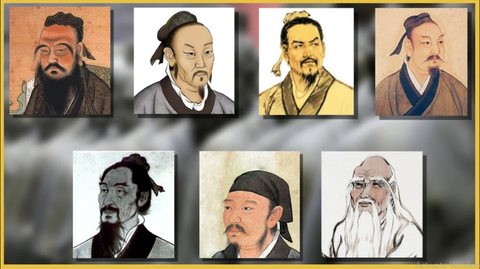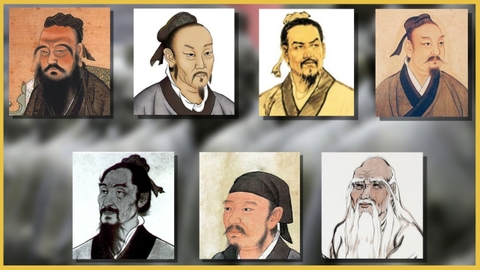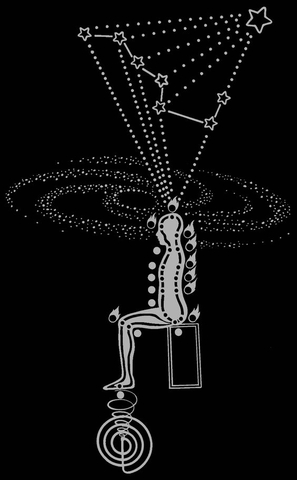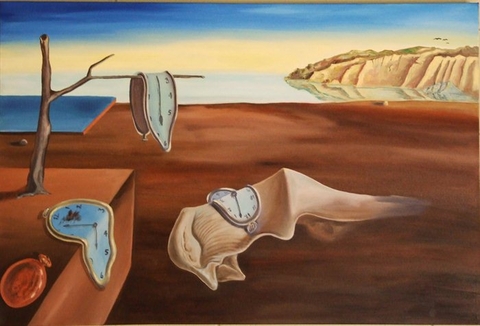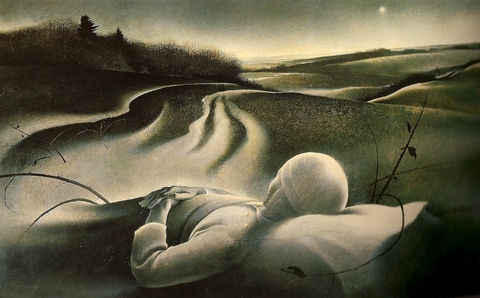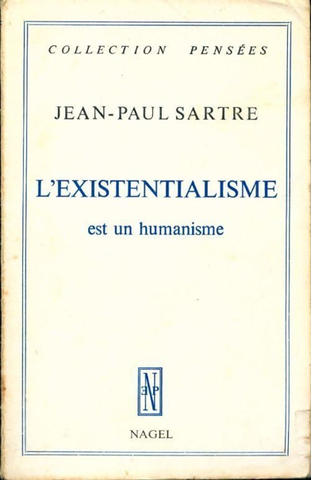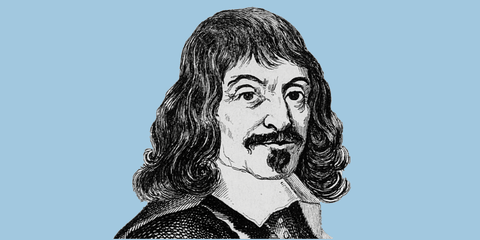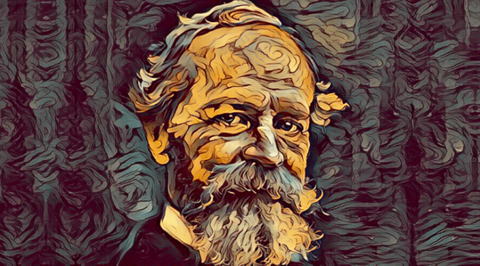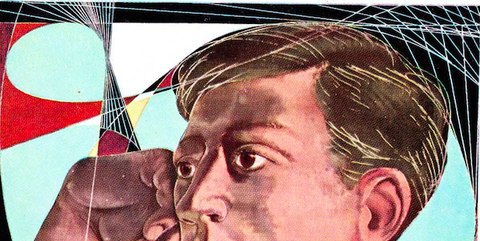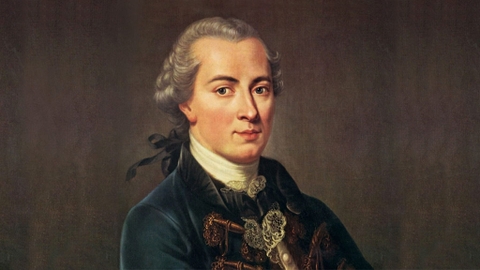Jean-Paul Sartre (1905-1980) was one of the representative philosophers of the 20th century. The development of Jean-Paul Sartre's philosophical thoughts can be divided into two stages. In the first stage, Sartre's philosophy mainly focused on the individual (l'individu), starting with The transcendence of Ego (1936). In the second stage, Sartre's philosophy goes from the individual to the social (le social), beginning with Notebooks for an Ethics/ Les cahiers pour une morale (1946–7, first published in 1983). The work Being and Nothingness: An Essay On Phenomenological Ontology / L'Être et le Néant: Essai d'ontologie phénoménologique (1943) is the complete collection of Sartre's philosophical ideas at the first stage of his philosophical career.
This is a colossal and incomprehensible work, so it is a huge challenge for many readers to grasp the contents of the book. Therefore, we are introducing the following article by Gary Cox, a contemporary philosopher who has a lot of research on Jean-Paul Sartre and existentialism, so that you can understand the main ideas of Being and Nothingness:
 |
 |
|
The original of Being and Nothingness (1943) published by Gallimard |
English translation by Hazel E. Barnes (1956) |
Sartre’s magnum opus, his major philosophical work. Although by no means his longest work, even at a length of over six hundred pages, it is by far his most important and influential. Most of the analysis of Sartre’s existentialism conducted by philosophers around the world has centered and continues to centre upon this work. No single book, perhaps, can lay claim to being the “bible” of existentialism, but Being and Nothingness is certainly one of the cornerstones of the existentialist school of thought. In its grand proportions and ambitions, in its structural and linguistic density and complexity, the work asprires to take its place alongside other epic, challenging, heavyweight texts of Continental philosophy, such as Heidegger’s Being and Time (1972), Schopenhauer’s World as Will and Representation (1818) or Hegel’s Phenomenology of Spirit (1807), works that in their different ways offer a comprehensive integrated, holistic account of the various essential features of the human condition.
Sartre’s abiding question or concern in Being and Nothingness is more or less the same as that of his three major influences, Hegel, Husserl and Heidegger. What must be the nature of a being that has and is a relation-ship to the world, that is an awareness of the world and acts upon the world? Employing the dialectical style and method of his philosophical influences as an effective means of revealing the fundamental, internal relations existing between apparently distinct phenomena, Sartre argues that the only kind of being that can exist as a relation to reality or the world is a bring that is, in itself, nothing; a being that is a negation or a non-being. Some Sartre scholars argue that a more accurate English translation of L’Étre et le Néant, the French title of the work, would be Being and Non-being, but Being and Nothingness is now so well established as the work’s enigmatic sounding English title that it is unlikely any publisher would ever dare change it.
It is certainly the complex dynamics of the relationship between being and non-being, or more accurately being-in-itself and being-for-itself as Sartre calls them, that is at the heart of Being and Nothingness. The work develops wide-ranging descriptions of both the relationship between being-for-itself and being-in-itself, and the relationship between one being-for-itself and another, descriptions that highlight seemingly endless implications and ramifications that extend to all aspects of a person’s being in the world - consciousness, temporality, embodiment, action, desire, freedom, anxiety, responsibility, bad faith, being-for-others, mortality and so on. It is the sheer saturation of Being and Nothingness with examples, illustrations, associations, insights, suggestions and pointers that most strongly reveals Sartre’s genius and makes his philosophy so interesting to study, criticize and develop.
Precisely because Sartre strives at every turn to mention the diverse implications of his complex thought, the arguments in Being and Nothingness are somewhat convoluted and the progress of the work rather meandering. Sartre intends to leave no stone unturned, and to “get through” Being and Nothingness, or even significant parts of it, the reader must commit time and effort to taking a rambling but fascinating journey with Sartre as he maps out a vast and complex territory. The committed reader will eventually recognize that the book is relentless, even ruthless, in its pursuit of an overall direction and thesis, building up into an exhaustive, unified, brutally honest and largely coherent theory of human reality.
Starting with an exploration of the ontology of being and non-being the book moves on to explain that consciousness is non-being as it is manifested at the level of phenomena or the phenomenological level. Consciousness is variously and painstakingly described as that which exists for itself rather than in itself (hence Sartre’s term “being-for-itself”), as a lack of being which strives in vain to achieve identity with itself by overcoming that lack, and as essentially intentional, temporal, embodied and free. Sartre’s radical freedom thesis derives directly from his philosophy of mind. Each person is a temporal flight from his present nothingness towards a future coincidence with himself that is never achieved. Each person is a futurizing intention, and it is in that open future that defines him and at which he aims that a person is free. As essentially free, people cannot not be free, they have to choose who they are and what they do and every attempt to evade this responsibility by choosing not to choose constitutes bad faith.
A major theme of the book is how the key phenomena of consciousness, freedom and bad faith function in and are conditioned by relations with others. Sartre describes the fundamental ontological structures of the phenomenon of being-for-others before placing flesh on ontological bones through his intriguingly penetrating analysis of concrete relations with others. He brilliantly describes love, hate, sexual desire, masochism, sadism and indifference, explaining in a manner perfectly consistent with his overall thesis what is essential to them, how they arise out of the very nature of out being in the world and how they are intimately related to one another. Meanwhile, as he proceeds with his main agenda of analysing these concrete relations, he rewards his reader with a wealth of thought-provoking insights into the nature and significance of various other peculiarly Other-related phenomena such as nudity, obscenity, grace and humiliation.
Though there is a lot in Being and Nothingness that demands criticism and clarification, Sartre’s piercing insight, his intellectual creativity, the extraordinary ability he demonstrates throughout the work to identify and describe the essential nature and connectedness of all aspects of the human condition, are remarkable and hugely inspiring.





